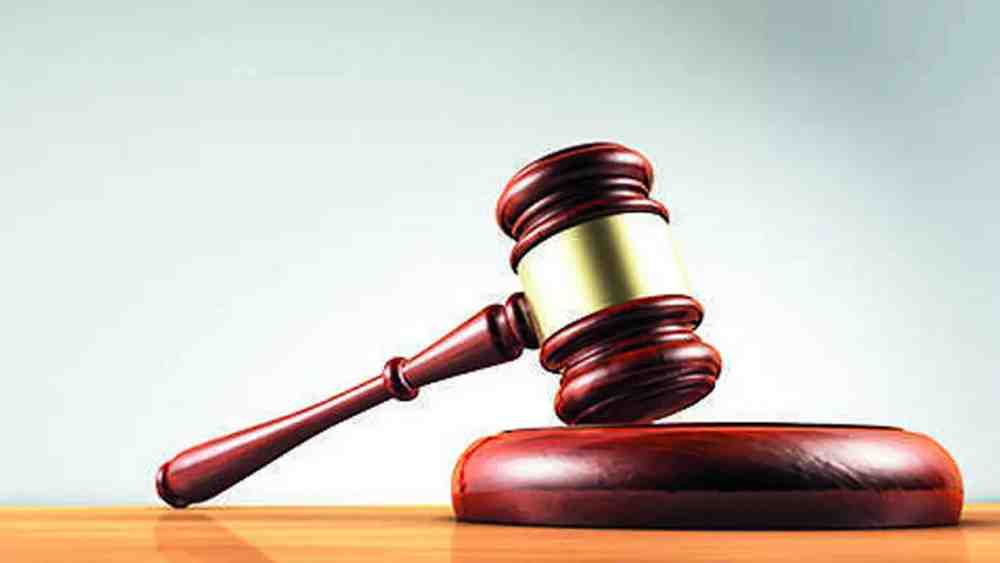Technological advances in computational power and deep learning have made mass production of fake media easier and less expensive. What are the ways in which AI-manipulated digital media can impact the lives of individuals as well as influence the public discourse? How is it employed by various groups and how can society overcome the ‘infodemic’?
According to startup DeepTrace, there were 14,678 deepfake videos on social media at the start of 2020. 96% of them are porn videos. While deepfake videos and fake news using generative AI will be the challenge of the future, even US President Joe Biden is not immune to the onslaught of fake videos. He has given an executive order for a powerful AI framework.

Those who have watched the Spanish reality TV dating show Deep Fake Love on Netflix know that the distance between the original and fake is becoming thinner. Generative AI deepfakes are so original. Our country is entering the election festivities. Deepfake will help fake news to pass it off as genuine. So expect similar deepfake video and image stunts by the leadership of political parties.
Deepfake is now widely used for political assassination, professional glamour, revenge in love, pranking friends on social media and many more unexplored things to come.
It is an undoubtedly proven fact that many innocent people and families may end up being destroyed by AI Deepfake if the culprits are not punished soon. Software to detect AI-generated content should be introduced and a new generation should be made aware of the threat posed by GenAI while learning its potential.

British Indian Sara Patel’s Deepfake video posted on social media impersonating Rashmika Mandana is being discussed around the world today as a warning sign. Netizens fear this might be just a sample shot of the intense exploitation of AI in the future. But there is confusion over which section of our country’s IT Act defines AI deep fake abuse, with celebrities and commoners like Rashmita Mandana, Katrina Kaif and Sarah Tendulkar being victimized.
Legal experts say that although the definition in the law is limited to crimes involving use of Deepfake, the case can be registered under existing sections of the IT Act and others. Let’s see what they are. These are the departments that you and I may need. Don’t skip a bit because this may cost your future.

First, one can file an FIR under Section 66E of the IT Act. This section prohibits taking, publishing or disseminating a person’s image through mass media without their permission, thereby infringing on that person’s privacy. Section 66E of the IT Act is punishable with imprisonment up to 3 years or a fine of Rs 2 lakh.
Secondly, Section 66D of the IT Act. This is the section where an FIR can be lodged stating that a fraud has been committed by impersonation using a communication device or computer. It is an offense punishable with imprisonment of up to three years and a fine of Rs 1 lakh.
Third law is not only just under the IT department, but also under the Copyright Act, any person can seek legal aid to register a case for copyright infringement in respect of any video content. A suit can be filed under Section 51 of the Copyright Act, 1957.

Apart from the discussed laws, Rule 3(1)(b)(vii) or Rule 3(2)(b) under IT Rule 2023 which prohibits impersonation of a person through social media should also ensure justice to the victims. Rule 3(2)(b) of the Act stipulates that if you notice any defamatory posts, pictures or videos on social media in such circumstances, the respective platforms must remove the content within 36 hours if you complain.
If the social media platforms do not remove the content, the victim can approach the court under Rule 7 of the IT Act. It is the responsibility of social media platforms as per current laws of the country to remove false and defamatory content from those platforms.

With Rasmika’s incident, citing the Central IT Act, the central government has asked social media platforms like X, Instagram and Facebook to remove morphed content within 24 hours and not 36 hours of receiving a complaint.
Union Minister of State for Electronics and IT Rajeev Chandrasekhar has recently assured that Deepfakes are one of the biggest threats faced today and the government will deal strongly with fake news and Deepfakes.
